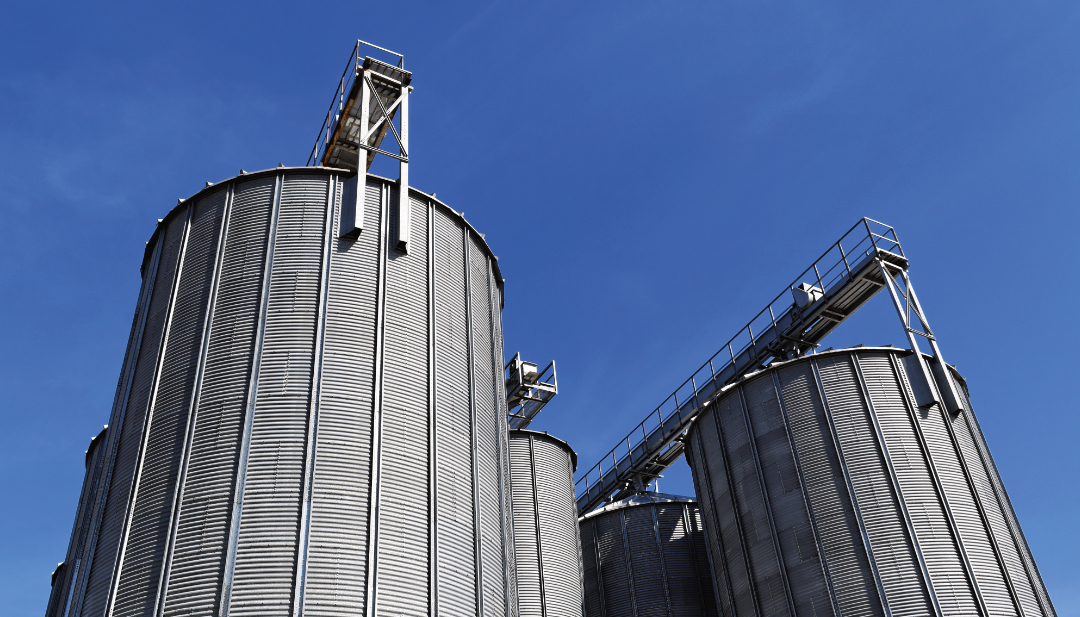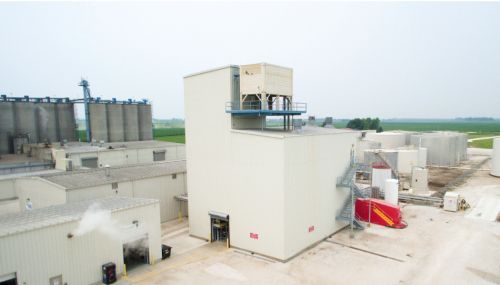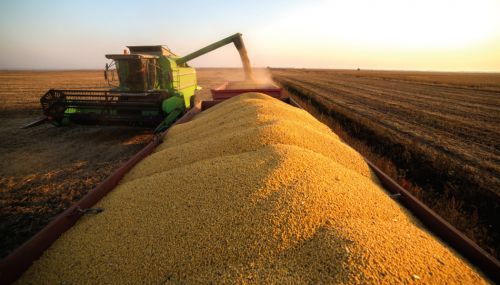All
Oilseed Feedstocks Supported 4.3 Billion Gallons of Biofuels in 2023

New Report Shows Existing Supply Will Support an Additional 1.4 billion gallons
A review of the supply and availability of biofuel feedstocks, commissioned by the National Oilseed Processors Association (NOPA) and conducted by S&P Global Commodity Insights, shows that U.S. oilseed production already exceeds existing federal Environmental Protection Agency (EPA) Renewable Fuel Standard (RFS) renewable volume obligations (RVOs).
The feedstock study evaluated the domestic and global supply and availability of feedstocks relative to the U.S. and determined that the U.S. oilseed industry is ready and able to meet higher RVOs for 2026 and beyond in part thanks to a 30 percent increase in U.S. oilseed crush capacity totaling $6 billion in U.S. investment.
The study evaluated the global and domestic supply and availability of feedstocks relative to the feedstock needs implied by the U.S. Renewable Fuel Standard’s (RFS) RVOs. In 2023 alone, domestic and imported feedstocks supported the production of 4.3 billion gallons of BBD, surpassing the yearly RVO targets for 2023, 2024 and 2025.
The study found that with planned expansions to U.S. oilseed processing capabilities, domestic feedstocks alone can support the production of an additional 1.4 billion gallons of BBD by 2030 while imported sources can further support an additional 1 billion gallons, for a combined total of 6.7 billion gallons of supported BBD production by 2030. The report warned however, that feedstock imports represent a potential risk due to “traceability concerns, risk of trade tariffs, and development of biofuel policies in feedstock exporting countries which limit future availability for trade.”
Soybean oil’s increased production and availability accounts for approximately 60 percent of future United States feedstock availability. Alternatively, tallow and used cooking oil’s small share of production suggests to the analysts that most of the domestic supply that can shift to biodistillates has already done so and future growth of this feedstock will be dependent on imports.
“The study’s findings make it clear that the U.S. oilseed industry is more than capable of meeting and exceeding demand for food, feed and fuel well into the next decade,” says Kailee Tkacz Buller, NOPA President and CEO. “While NOPA members were disappointed in the last RVO announcement due to lower than anticipated volumes, we remain optimistic that we now have the comprehensive data on our side to make the case that RVOs can and should be higher in 2026 and beyond. Higher RVOs will not only help achieve our decarbonization goals at a faster pace, but will provide NOPA members with the clarity and certainty we need to continue to expand our U.S. manufacturing facilities and crush more U.S. farmer-grown oilseeds.”
The newly released study confirms that as demand grows and more states implement incentives and credits from Low Carbon Fuel and Clean Fuel Programs, the U.S. oilseed sector offers homegrown low carbon alternatives that will help move the U.S. away from petroleum dependency, advance air quality benefits nationwide, and strengthen the domestic rural economy.
Related Posts
 Why Quality Matters in Your Biofuel Blends
Why Quality Matters in Your Biofuel Blends
Posted on June 25, 2025
 Incorporating Higher Blends of Biofuels
Incorporating Higher Blends of Biofuels
Posted on May 14, 2025
 NORA Programs at Eastern Energy Expo
NORA Programs at Eastern Energy Expo
Posted on May 13, 2025
 March Short-Term Energy Outlook
March Short-Term Energy Outlook
Posted on April 28, 2025
Enter your email to receive important news and article updates.
